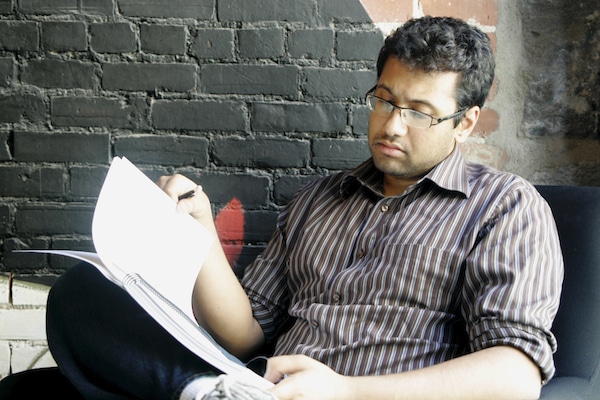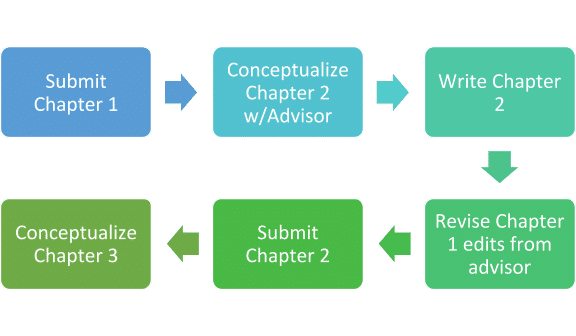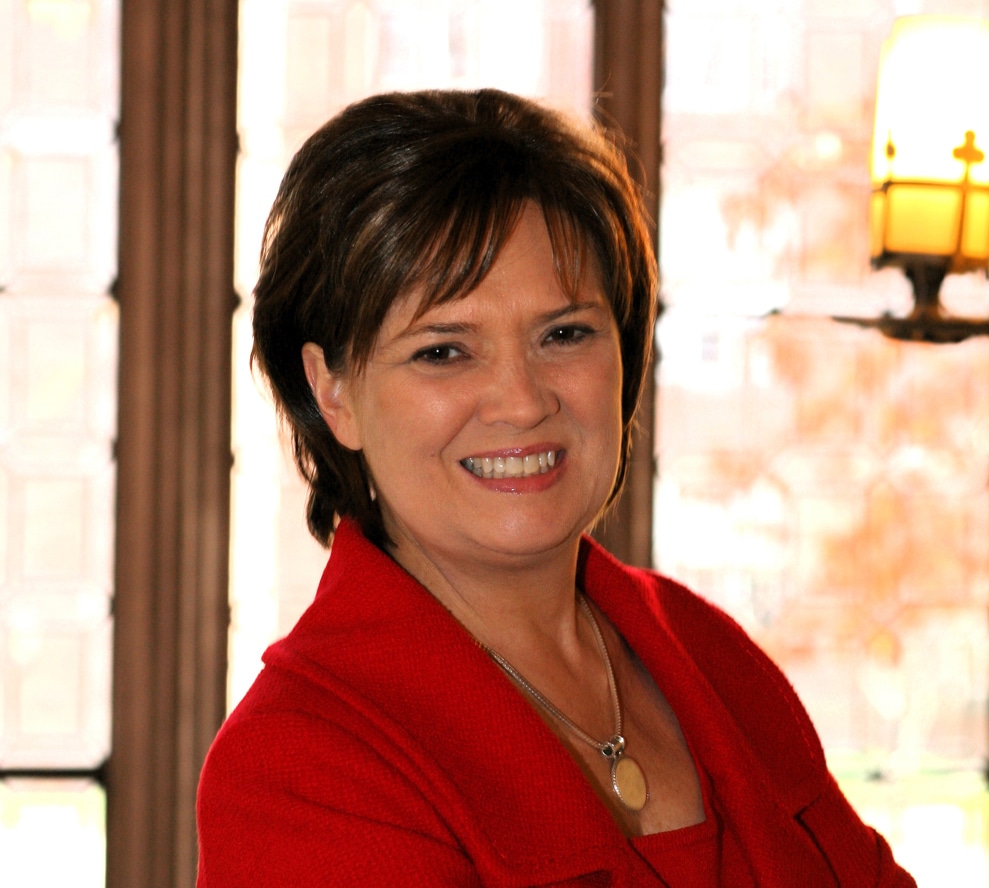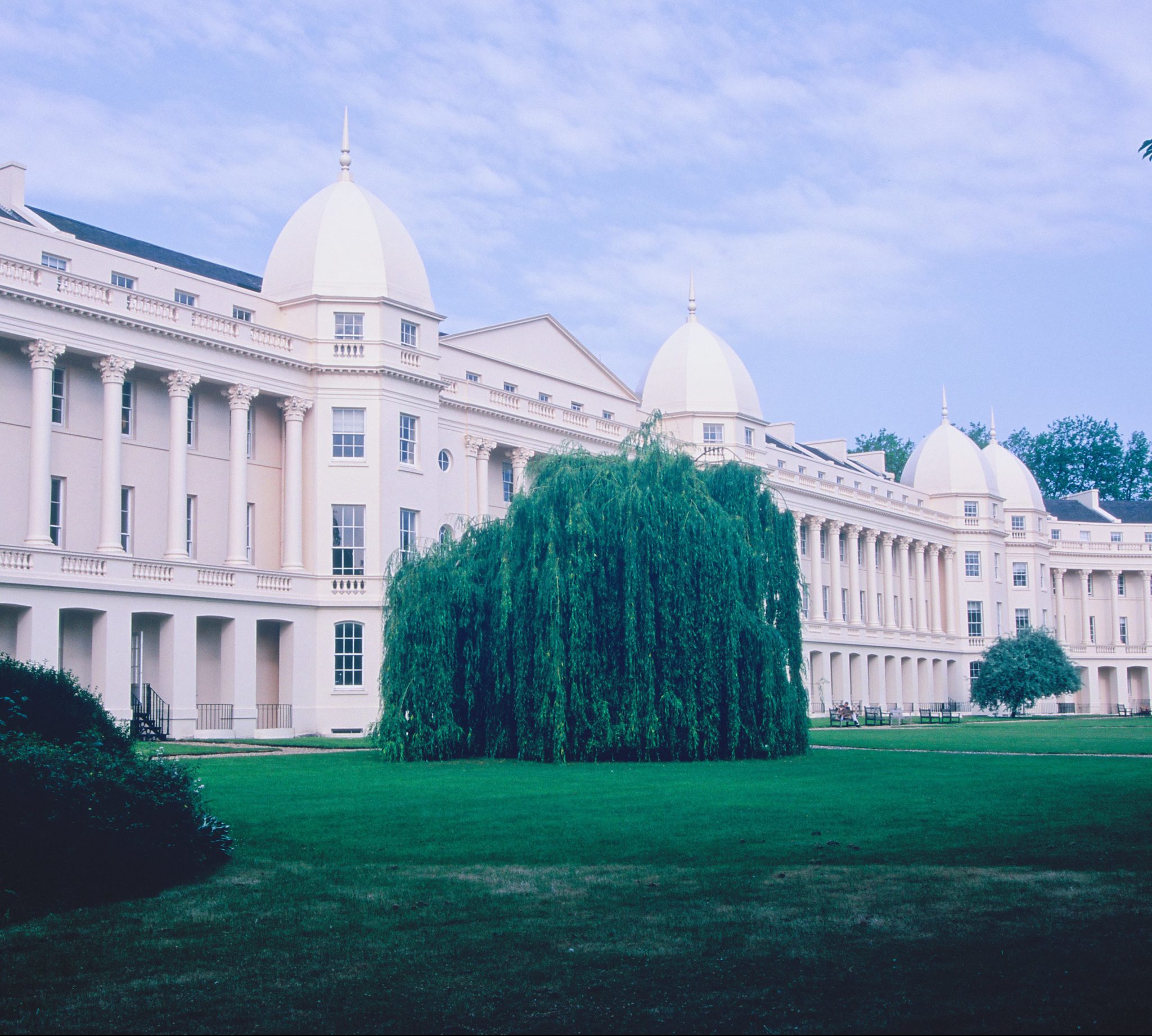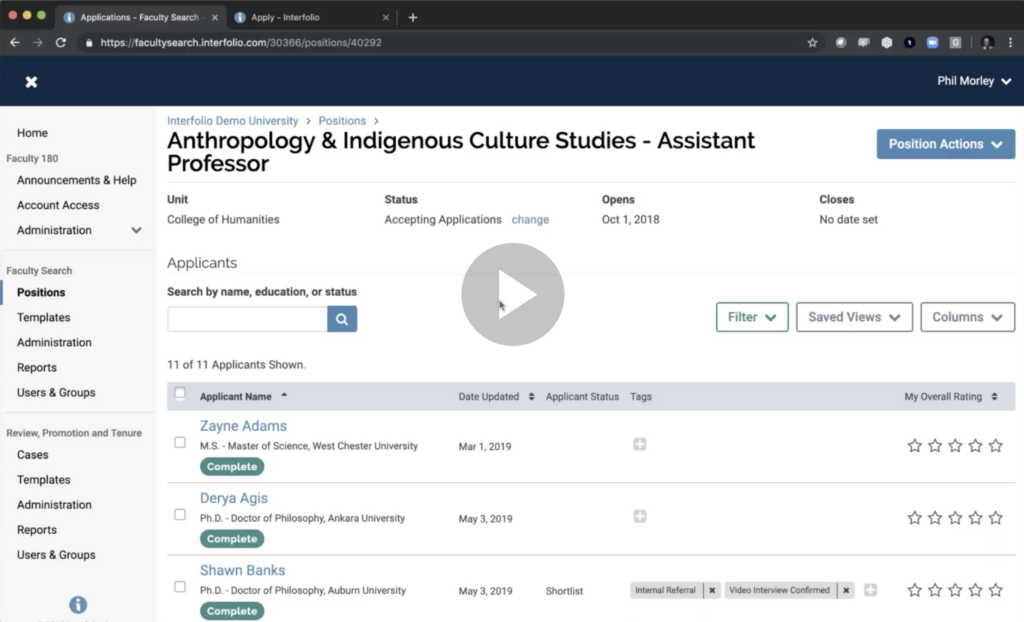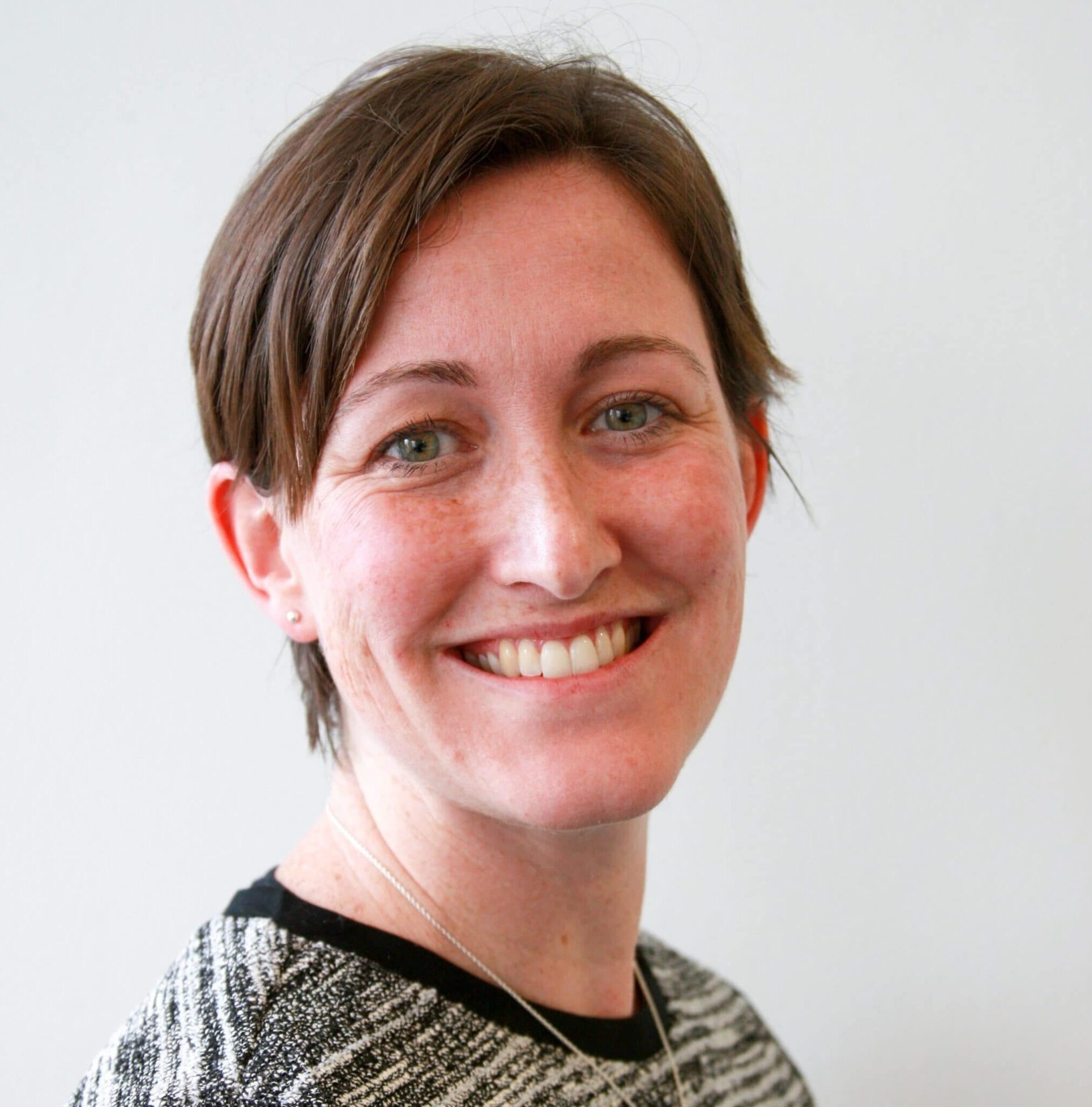This post begins our new series Confessions of a Full-Time Adjunct.
Hi. I’m Dr. Lauren Nahas, and I’ve made my living as a full-time adjunct for about 10 years. Yep, the job that all academics fear. This blog post kicks off a new series where I’ll explain my deep love for working at community colleges (CCs) and the realities of my career as an adjunct.
In this post, I’ll start with adjuncting 101. If your search for a tenure-track position isn’t going as planned (I feel you on that), and you’re considering adjunct work, below I’m offering some general information that you should understand about how adjuncting works.
I want to be clear, though, adjuncting is a highly problematic job. I think that the over-use of adjuncts is undermining the higher education system in many ways. However, that’s not my purpose here. Adjuncting is a pretty strange job and information-sharing between adjuncts is one of the main ways to navigate it successfully. So here goes.
First off, my understanding is that the more GE-level courses offered in your field, the more reliable the adjunct work is. I’m in English where they have to staff a large number of first-year writing classes, so the work is pretty steady in my experience (in 10 years of adjuncting I’ve lost a course due to low enrollment only 3 times). However, friends of mine who work in theater, for example, have less employment stability.
Second, as you probably know, you can adjunct at two-year and four-year colleges In my experience, most people who make this their full-time job work at a mixture of the two.
Just a quick terminology lesson: community colleges (CCs) refer to part-time teachers as adjuncts; four-year colleges generally refer to them as lecturers.
In my experience (and based on what adjuncts at other institutions report), CCs tend to pay better than four-year colleges, but they have worse benefits. However, four-year colleges don’t have the load limits that CCs do. So, let’s talk about load limits.
Load limits at community colleges
At every CC where I have worked, the District capped the percentage of full-time that an adjunct can work at about 65%. Usually, that meant teaching no more than two, 4-unit courses. However, that limitation applies district-wide. Usually there are several different colleges in one district. For example, there are three different colleges in the Contra Costa Community College District, a CC district I sometimes work for in California. Geographically, they are pretty close to each other. So it is a huge bummer that an adjunct can’t teach more than those two, 4-unit classes district-wide.
That means, that you would have to piece together work between different CC districts, which can push the driving time between schools to an unsustainable level. You would basically be driving between different local counties, since CC districts are county-based. So, adjuncts strategically select colleges that they work for to account for this issue.
This is where working for a CC and a local four-year college comes in. Where I work in the San Francisco Bay Area, there are lots of California State Colleges to choose from, and many of my adjunct colleagues create a “full-time” job by piecing together classes from both a CC and a local four-year school. In my experience, the four-year colleges don’t place limits on workload, so someone can be a full-time lecturer, but it would probably take several years to get your teaching assignment up to a full-time load (about 15-16 units).
Navigating benefits
Another major concern for adjuncts is the benefits situation. Here, again, there are variations between different types of schools.
At CCs, there is usually a waiting period associated with benefits. In general, adjuncts at CCs aren’t eligible for health insurance benefits until they’ve worked for that CC district for 2 years or so. Once you get to that point, the monthly out-of-pocket costs can vary widely. For example, at one CC my monthly contribution for health insurance for my family was $300 a month. At the other CC I was working at, it would have cost $800 a month, and untenable amount for most people. All of this depends on the particular district’s negotiations with the faculty union.
At the California State Colleges, the situation is better. As long as you are teaching six units, health insurance is free or very cheap. I’m unsure about the situation at private universities or at public institutions outside of California, but this recent article in The Atlantic makes me suspect that health benefits for adjuncts are either non-existent or made inaccessible by high employee contributions.
Juggling schedules while adjuncting
Juggling schedules for different schools is just a basic part of being an adjunct. It’s not fun. Different schools ask for my scheduling preferences at different times. During my early years of adjuncting, I always tried to schedule all my classes at one school in a block. So, for example, since I was new and so low on the priority list, they would offer me what was left on the schedule. I would select courses that were back-to-back if possible. Ideally I would teach from 8 a.m.-noon (2, 2-hour classes) Monday/Wednesday at one school. That would leave plenty of space in my schedule to accept courses from the second school when they got around to making course offers.
Adding in a third school into this equation is a little bananas, but people do it. Basically, in your early years with a school, if you’re trying to put together a full-time schedule, expect to have a terrible schedule that will have you moving from one school to another on the same day and possibly having to teach both very early and very late courses in one day. However, as you get some years with a school under your belt, you will have better options and more predictable employment.
If all of that juggling sounds terrible, that’s because it is. I’ve personally decided that the upsides of teaching out-weigh these issues. But I do think it’s important that people who are considering adjunct work understand that juggling different schools and their quirks is a basic element of the job.
Author bio: Dr. Lauren Nahas has a PhD in English from the University of Texas at Austin. She is a full-time adjunct in the San Francisco Bay Area.



